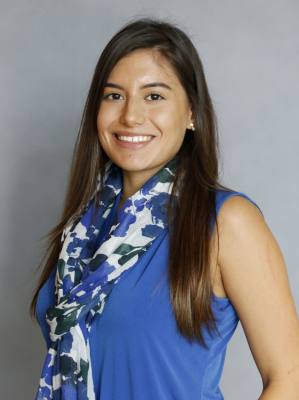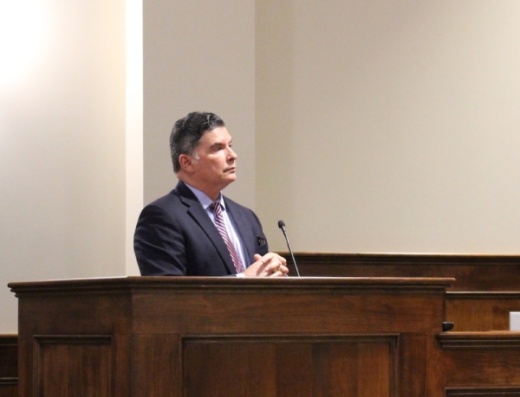The city of Katy will soon have an added layer of security.
Katy City Council authorized the Katy Police Department to add 22 license plate readers around the Katy Mills business district and inside some neighborhoods where the department gets the most calls for service, Katy police Chief Noe Diaz said at the Jan. 27 regular council meeting.
The cameras will be installed within four to six weeks, he said.
“As the city grows, we are trying to get ahead of the growth,” Diaz said. “Essentially we are adding 22 police officers. They will be physically posted, and it is 24 hours of security. ... They are here to add clues to our detectives.”
One camera installed on Katy Mills Drive has enabled the police department to count 15,906 vehicles driving through the city over one weekend, Diaz said.
“I understand that this brings so much value to the department that you are willing to forgo one of your budgeted officers to get this system in place,” Council Member Janet Corte said to Diaz at the Jan. 27 meeting.
Diaz agreed and added this was a monumental step for the police department, which would additionally be enabled to track traffic trends for future infrastructure plans.
Community Impact Newspaper has reached out for the cost of these cameras and will provide an update when the information becomes available.
The locations for the new license plate readers were selected by police and were based on crime and traffic trends, Diaz said.
“If we have a crime that happens from 1 o’clock to 2 o’clock, and someone calls to say they saw a white truck, we can instantly type in ‘white truck’ in that time frame and it will give us every white truck,” Diaz said.
There will be a designated dispatcher and a hot list for stolen vehicles, Diaz said. There is already a policy in place to show officers how to work the new system. The data captured by the cameras will be kept in the cloud for 30 days and will not be sold to any third parties.
He added the police department has plans to continue to further improve the system in the future.
“Eventually we will have a perimeter—where anyone who comes from out of the community—if you don’t live here, we will know you don’t live here,” Diaz said.





